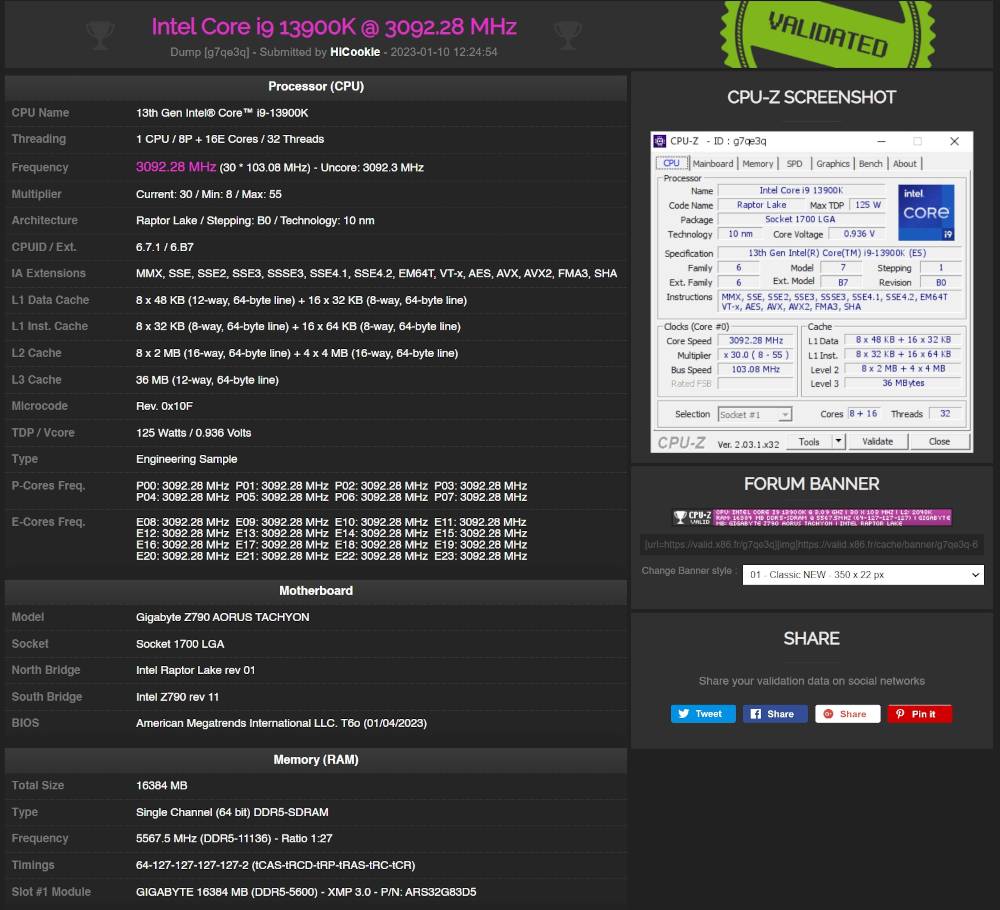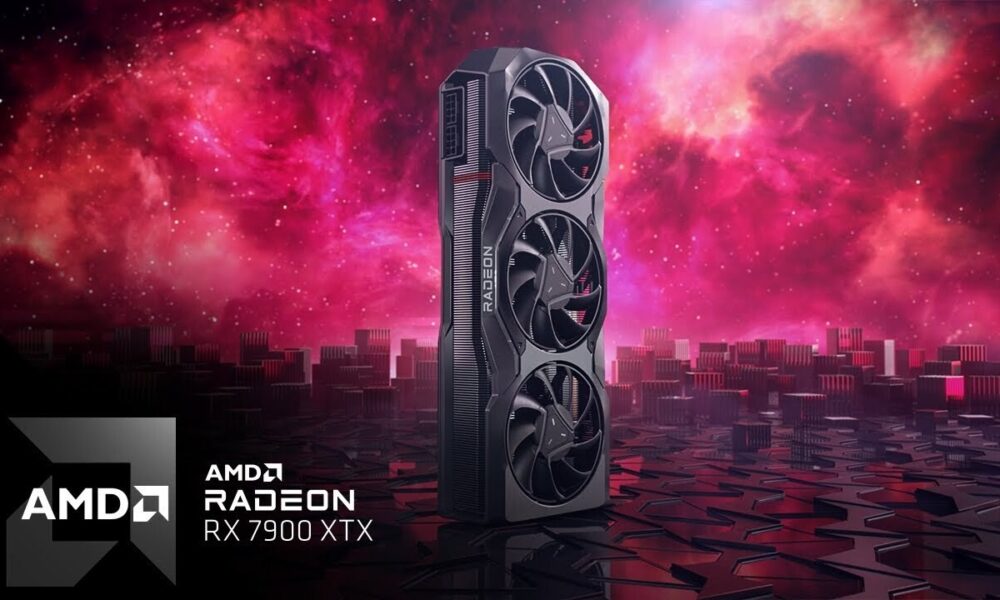
GIGABYTEone of the leading companies in high-performance and gaming hardware and components, today announced that its latest motherboard geared towards overclockingthe Z790 AORUS TACHYONhas broken the world speed record for RAM memory by reaching, according to tests carried out by the overclocker HiCookie, the 5,567.5 MHz by using a 16 GB AORUS DDR5 RGB module.
The Z790 AORUS TACHYON is a powerful motherboard from GIGABYTE created with the overclock in mind. According to its file on the manufacturer’s website, it has been designed to make, through orverclock LN2, the processors can reach 8,400MHz and support DDR5-11136 memory modules (if the components support these frequencies). In the test carried out by HiCookie, an Intel Core i9-13900K was mounted on the motherboard as a processor.
GIGABYTE aims to offer with the Z790 AORUS TACHYON a powerful framework for the overclocking because the motherboard is equipped with a fully digital power design, which is responsible for providing the best stability in the execution of heavy workloads. On the other hand, the MOS full area coverage thermal design greatly improves heat dissipation to sustain extreme performance and optimized experience with the most possible. overclockwhile the multiple technologies included around the RAM improve the performance and compatibility of the DDR5 modules.
To comply 100% with its mission, the kit of overclocking Built-in Z790 AORUS TACHYON motherboard provides hotkeys, toggle switches, and voltage detection functions that enable more convenient settings for users to break speed limits.
The GIGABYTE Z790 AORUS TACHYON has been designed with the aim of get the most out of Intel’s Raptor Lake platform, corresponding to its latest generation of processors. But the motherboard not only delivers power, it also provides full control over power management thanks to its advanced direct VRM power design, as well as MOS full area coverage thermal design, which allows for significantly improved dissipation. of heat.




